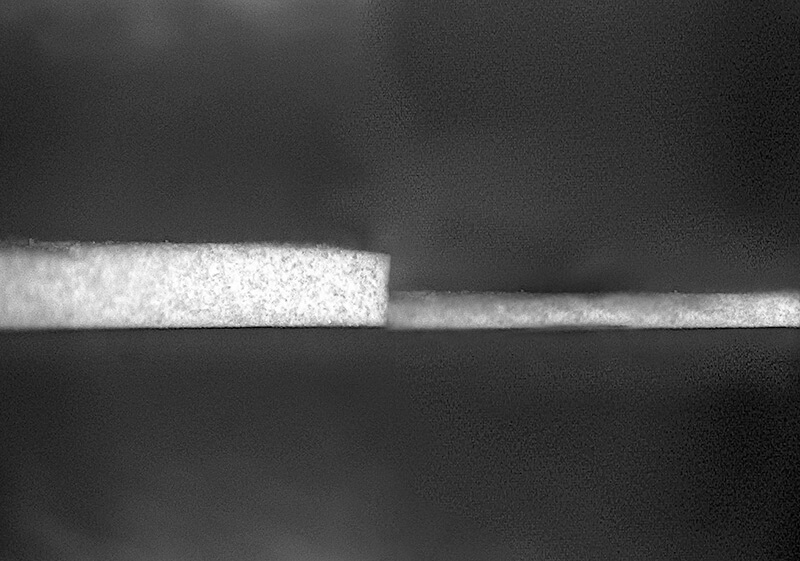A new formula for the world's whitest "ultra-white paint" could bring big changes to airplanes, cars, refrigerator trucks, and trains.
Once applied, this paint will radiate heat away from these vehicles, reducing cabin temperatures, limiting the need for air conditioning, and cutting back money spent on air conditioning.
The original ultra-white paint, called "the world's whitest paint," was developed by a group of scientists from Purdue University, led by mechanical engineering professor Dr. Xiulin Ruan. The original solar reflective paint could reflect 98.1% of all sunlight and make surfaces up to 4.5°C (8.1°F) cooler than the overall air temperature.
But to achieve this cooling effect, the paint needed to be applied in a thick layer, making it unfeasible for many types of vehicles. Now, thanks to Dr. Ruan and his team, that's no longer the case.
Using the chemical compound hexagonal boron nitride, the scientists created a new paint formula that is 2.5 times thinner, weighs 80% less, and can still reflect 97.9% of sunlight.
In field tests, the new formula has actually proven to cool surfaces by 6°C (10.8°F), even more than the previous version.

Why is ultra-white paint important?
Imagine how nice it would be to enter a car that's been parked in the sun and not feel like you've entered a broiler. By maintaining comfortable cabin temperatures of cars, trains, trucks, and planes, the new ultra-white paint can reduce our reliance on air conditioning to keep cool, which lowers costs and energy use.
Although air conditioning can lower the temperature inside a vehicle, these systems consume energy, generate heat, and release pollutants into the air that contribute to the rising temperatures of our overheating planet. The paint, meanwhile, is a passive cooling technology, meaning it lowers the temperature without expending excess energy. Beyond vehicles, this paint can help lower rising temperatures across the globe and reduce the adverse effects of heat islands.
Although air conditioning can lower the temperature inside a vehicle, these systems consume energy, generate heat, and release pollutants into the air that contribute to the rising temperatures of our overheating planet.
The paint, meanwhile, is a passive cooling technology, meaning it lowers the temperature without expending excess energy. Beyond vehicles, this paint can help lower rising temperatures across the globe and reduce the adverse effects of heat islands.
TCD Picks » Upway Spotlight

Follow The Cool Down on Instagram and subscribe to our newsletter.












